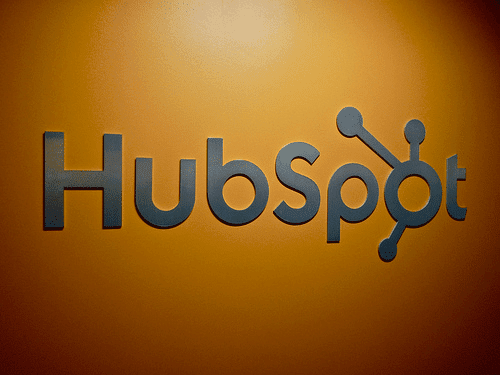This blog post is part of “The Ultimate Guide to Lead Generation” blog series.
Every business wants more leads.
Well that’s not exactly true. Every business wants more qualified leads, and every sales director wants to keep his/her sales team busy following up with these leads and generating new business.
Yes, a sales team could create the content and processes to run a lead generation program, but when?
They’re too busy trying to do what they get rewarded for: making their numbers. Lead generation programs, to be successful, require constant attention. It is important to consistently communicate with your contacts, attract new ones, and focus on the ones most likely to consider a purchase.
How can a sales exec manage this process while also focusing on his or her most important priority: closing sales?
Marketing automation tools now exist to make much of the lead generation process as easy as possible. In the best case, lead generation programs run in the background with automated digital outreach that fills the top of the sales funnel, nurtures the middle of the funnel and converts leads to customers at the bottom of the sales funnel.
Remember I said that marketing automation tools can make this process as easy as possible—not effortless. It takes time and effort to create the right combination of content and processes to build a consistently successful marketing program.
Here’s how it can be done:
Blogging.
Blogging is the best way to get found online. Publishing a consistent amount of new content around the search terms people use to research your products and solutions will raise your ranking in search engine results so that people looking for your type of product find you.
Search Engine Optimization.
Optimizing your web pages around key search terms also helps your company get found faster. Most of this is done in the writing of the copy for the pages, but a lot of SEO happens by having the correct information on the back end of the website as well.
Calls to action.
It’s great to generate traffic to your website, but how do you turn your visitors
into leads? This is where the rubber meets the road in terms of lead generation. Calls to action involve offers of premium content to help searchers learn about the solutions in your industry (top of the funnel), understand the differences (middle of the funnel) and decide which solution is best for them (bottom of the funnel).
Lead nurturing.
The real power of marketing automation happens here. As people respond to your content offers, depending on where they are in the purchasing process (funnel), they receive personalized, automated messages with offers to take the next step in the journey.
Once a lead nurturing process is set up, it becomes increasingly easier to keep your marketing program running. You just have to keep reaching out with blog posts, emails, and social posts through your marketing channels with links to the relevant offer.
There you have it!
Few sales executives and teams have the time or knowledge of online marketing to run it themselves. That’s why marketing automation platforms like HubSpot, Marketo, SharpSpring and others have developed an army of partners that are standing by to help companies implement and manage marketing automation campaigns. They have the tools to create the right content, optimize it for search, create nurturing workflows and deliver qualified leads monthly, weekly or daily.
This blog post is part of “The Ultimate Guide to Lead Generation” blog series.




